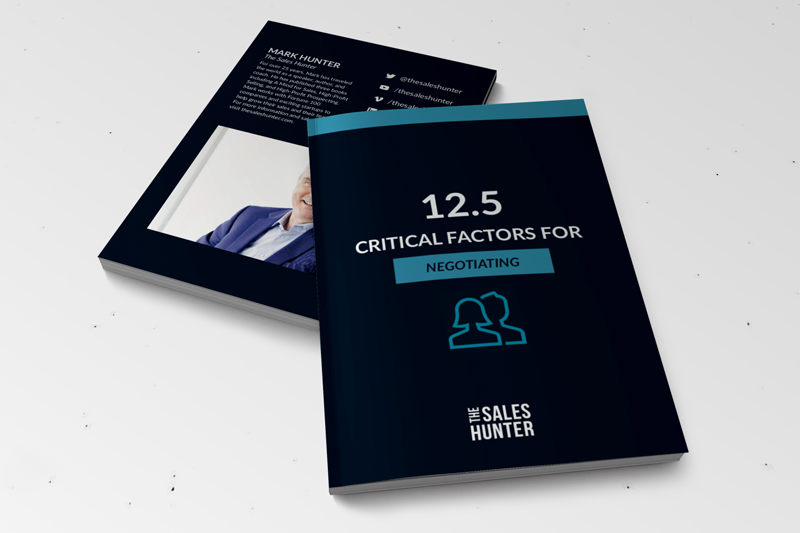 The sales call was not perfect. You’re about to close the sale and you get hit with the issue your price is too high.
The sales call was not perfect. You’re about to close the sale and you get hit with the issue your price is too high.
No need to panic. Here’s the deal — the cost of what you’re selling is not what you think it is.
Your price is driven by the length of time it takes the customer to begin receiving the benefits they’re expecting.
The faster the customer can receive value, the cheaper it is. Conversely, the longer it takes, the more expensive.
If you’re asking somebody to spend $100 and it’s going to take them a year to get any value out of what you’re selling, then the cost is $100 PLUS the cost of having their money tied up for a year.
Conversely, if a customer is spending $100, but they start seeing value tomorrow, the cost then is less. If the customer is going to get their full value of what you’re offering in a few days, then the cost is less.
You see… time does equal money.
What I’m saying here is if you need to lower your price due to the demands of a customer, then a great strategy is to frame your cost relative to time. Show the customer how their “investment” with you will start paying off immediately.
When you frame the investment you’re asking a customer to make to time, you shift dramatically the perceived value. Customers don’t buy anything; they invest. They invest by being willing to buy something, because it’s going to help them with a need they have or a benefit they desire.
Either way, the sooner they can see the outcome from their investment with you, the more likely they will be to buy — or should I say — invest with you.
Lower your price not by actually lowering your price. Lower it by increasing the speed with which your customer will receive the outcome they want.
Copyright 2014, Mark Hunter “The Sales Hunter.” Sales Motivation Blog. Mark Hunter is the author of High-Profit Selling: Win the Sale Without Compromising on Price.













